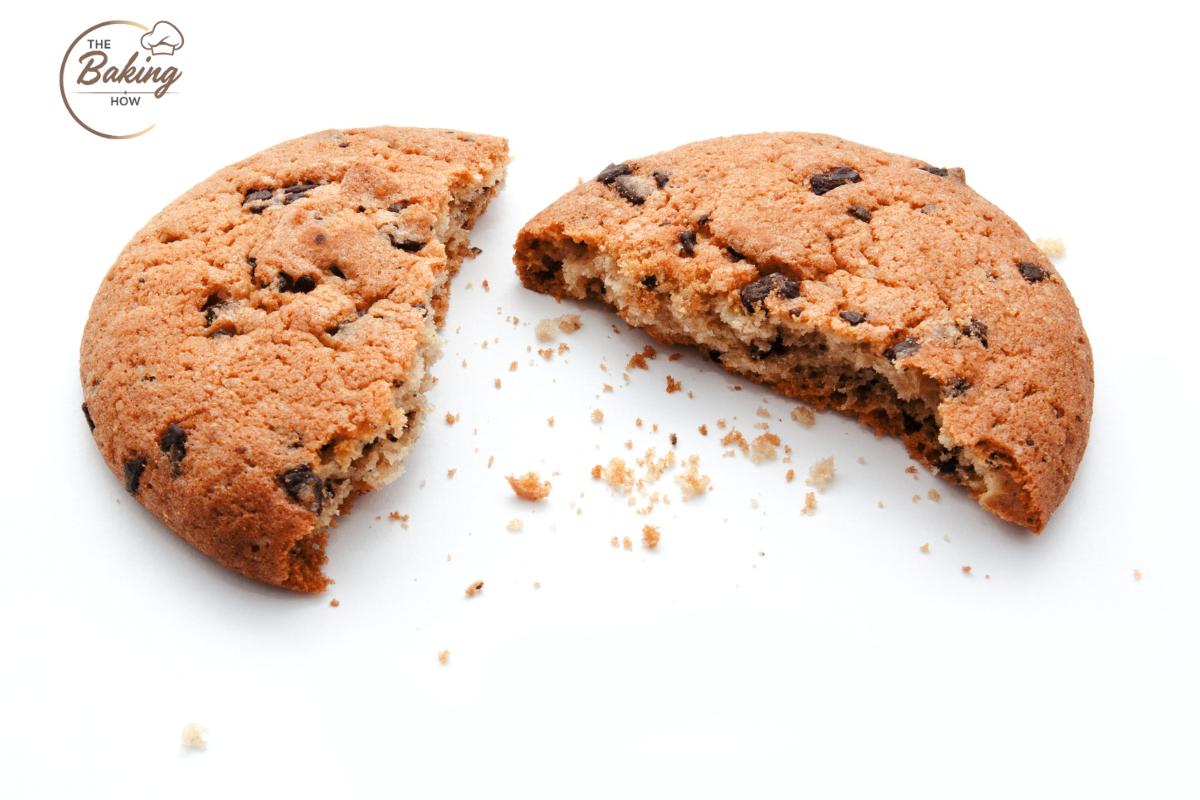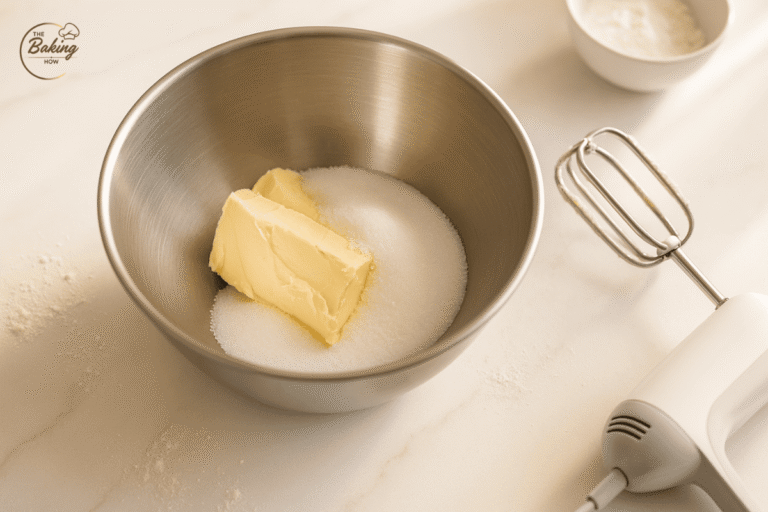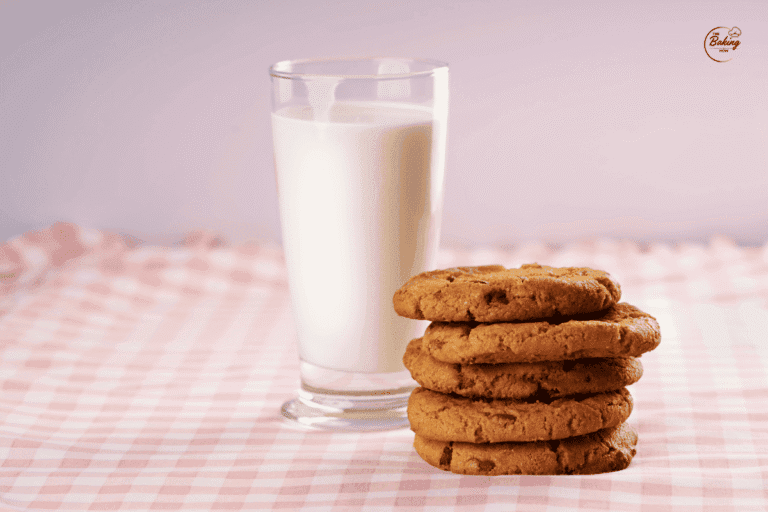Why Are My Cookies Dry and Crumbly? (Expert Fixes from a Baking Pro)

Have you ever followed a cookie recipe carefully, only to pull your tray from the oven and wonder, “Why are my cookies dry and crumbly?” You’re not alone. As a baking professional with over 17 years of experience in the biscuit and cookie industry, I’ve seen this issue countless times — both at home and in large-scale production.
Dry, crumbly cookies happen when the dough loses too much moisture or structure during baking. The main culprits? Incorrect ingredient ratios, overmixing, and baking at the wrong temperature or time.
In this guide, you’ll learn the real reasons cookies turn out dry and crumbly and discover my proven fixes to achieve perfectly soft, moist, and delicious cookies every time.
Dry and crumbly cookies are one of the most common frustrations beginner bakers face. From ingredient selection to mixing techniques and baking time, every step impacts the final texture of your cookies. Let’s break down these factors one by one.
🥄 Ingredients Ratio
Getting the ingredients ratio right is the secret to baking perfect cookies. If you add too many dry ingredients — like sugar, milk powder, or flour — your dough won’t have enough moisture for soft, chewy cookies. The result? Dry, crumbly cookies that fall apart in your hands.
👉 Here’s what you can do: To keep your cookies moist and tender, try using slightly more liquid ingredients such as eggs, milk, or butter. These not only add richness but also help bind the dough together beautifully.
💡 Industry Insight:
In my 17 years working in large-scale cookie production, I’ve seen this happen countless times. Whenever our cookies started turning out dry and rough, we would immediately review the ingredient percentages. Most of the time, increasing the water or liquid content brought back that perfect soft texture.
💬 Want to learn about each ingredient’s role in cookies? Check out this guide on basic cookie ingredients for beginners.
🌾 High-Gluten Flour and Dough Consistency
Did you know that flour plays a bigger role in cookie texture than most people realize? If you add too much flour, your dough will lose its moisture and become stiff. And stiff dough? That’s a recipe for dry, crumbly cookies that are hard to bite.
The type of flour matters too. Using high-gluten flour, like bread flour, creates a stronger gluten network. This absorbs more water and makes the dough tougher, which leads to dense, hard cookies instead of light, tender ones.
👉 What should you do? Always use all-purpose flour for cookies and measure carefully to avoid over drying the dough.
💡 Industry Insight:
In professional bakeries, we test flour for gluten content and water absorption before using it. If the flour is too strong or absorbs too much water, we adjust recipes by adding extra liquid. That’s how we keep our cookies consistently soft and moist — and you can do the same at home!
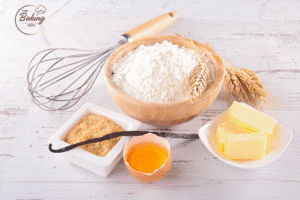
🌀 Mixing Technique Mistakes
Once your ingredients are measured perfectly and you’ve chosen the right flour, the next critical step is mixing. The way you mix your dough can make or break your cookies.
If you don’t cream butter, sugar, and liquids properly, the dough won’t hold enough air. Without those tiny air bubbles, your cookies will bake up dense, crumbly, and dry.
👉 Here’s the fix: Cream your butter and sugar until light and fluffy to trap air. Also, avoid adding all the ingredients at once. Always mix in stages and add flour at the very end to prevent overdeveloping gluten.
💡 Industry Insight:
In commercial production, we monitor mixing time at every stage to achieve the right dough consistency. This ensures that every batch turns out soft, moist, and tender — something you can replicate in your own kitchen too.
💬 Pro Tip: To avoid common dough mistakes, also read cookie baking mistakes beginners make.
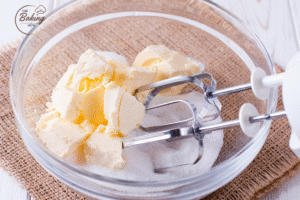
🔥 Baking Time, Temperature, and Dough Handling
Once you’ve mixed your ingredients properly, the next step that can make or break your cookies is baking. Both the oven temperature and baking time are critical for achieving the perfect texture.
⚠️ If you don’t preheat your oven properly, the cookie dough won’t spread as it should. Instead, the outer layer of your cookies will dry out too quickly, while the centers remain underbaked — leaving you with soggy middles.
🔥 On the flip side, if the oven temperature is too high, the outer layer of the dough will set too fast, resulting in cookies that are dry, crumbly, and rough.
👉 Here’s the fix: Always preheat your oven to the recommended temperature and avoid cranking up the heat to rush the process.
Another common mistake is baking cookies for too long at a low temperature to get a deep golden color. While this may look appealing, it actually drives out too much moisture, leaving your cookies dry and crumbly.
🕑 Timing matters even before baking! If you take too long to shape the dough and prepare trays for the oven, the dough pieces can lose moisture while sitting in the open air. This also contributes to dry, rough-textured cookies.
💡 Industry Insight:
In commercial bakeries, we monitor every stage closely.
✔️ We limit the dough handling time on forming machines to less than 15 minutes to prevent moisture loss.
✔️ We ensure the oven is properly preheated and carefully control baking time and temperature.
✔ ️ Finally, we check that the moisture content in finished cookies is below 2% — this keeps them soft and prevents crumbling.
💬 Pro Tip: To fix cookies that spread too much, see why do my cookies spread too much.
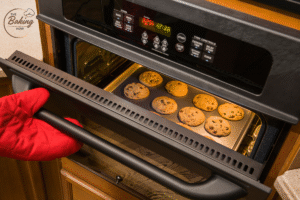
🥣 Expert Fixes to Prevent Dry, Crumbly Cookies
In the previous section, we explored the main reasons your cookies turn out dry and crumbly. Now let’s dive into practical solutions to keep your cookies soft, moist, and perfectly textured every time.
Here are quick and actionable tips you can follow for better results:
✅ Ingredients Ratio and Flour Type Selection
When baking any cookie — whether it’s chocolate chip, oatmeal, or sugar cookies — the first step is to check your ingredient ratios carefully.
🥄 Flour Percentage:
- For most cookie recipes, flour should make up 45–50% of the total recipe weight.
- If you use too much flour, the dough will be too stiff, resulting in dry, crumbly cookies.
🧈 Sugar and Butter/Fat:
- These should each be around 20–22% of the total recipe weight.
- To make cookies softer and crumbly, slightly increase the fat or butter.
- For a chewier texture, reduce butter by 10% and increase sugar by the same percentage.
🥚 Liquid Ingredients (Eggs, Milk, etc.):
- To keep cookies moist and tender, you can also adjust liquid ingredients slightly.
- If your cookies often turn out dry and crumbly, reduce the flour by 5% and increase eggs or other liquids by the same amount.
🌾 Choose the Right Flour Type:
- Avoid flours with high gluten content (like bread flour) or high water absorption, which make dough tougher.
- Use all-purpose flour with 8–9% gluten for cookies to get the perfect soft bite.
- Choosing the right kind is critical, which is why I’ve created a complete guide to the best flour for cookies.
💡 Industry Insight:
In commercial bakeries, we’re very precise about ingredient ratios and flour type. If a dough seems too stiff after mixing, we adjust by adding extra eggs or water to achieve the ideal consistency. This is how we keep every batch consistent.
🔄 Master the Right Mixing Method
Once you’ve set the perfect ingredient ratios, the next critical step is using the correct mixing technique. This can make all the difference between cookies that are soft and moist and cookies that turn out dry and crumbly.
👩🍳 Step 1: Cream Butter and Sugar Properly
- Start by adding butter (or fat) and sugar to the mixer.
- Beat them together for 2–3 minutes until the mixture becomes light, fluffy, and airy.
- This step incorporates tiny air bubbles, which help create a soft cookie texture.
🥚 Step 2: Blend in Liquid Ingredients
- Next, add your eggs, milk, or other liquids and mix for another 2 minutes.
- This step enhances the creaminess and adds volume, keeping your cookie dough soft and moist.
🌾 Step 3: Add Flour Carefully
- At the final stage, gently mix in the flour at a slow speed for about 1.5–2 minutes.
- Avoid overmixing! Overworking the dough develops too much gluten, which results in a tough, dense texture instead of tender cookies.
💡 Industry Insight:
In professional bakeries, we monitor the mixing speed and time at every stage. If the dough seems dry or stiff, we add a little extra egg or water to bring back the right consistency for soft, moist cookies.
🌡️ Correct Baking Time & Temperature
As we’ve discussed earlier, baking time and temperature are crucial for developing the perfect cookie texture. Even if your dough is mixed perfectly, the wrong oven settings can leave you with dry and crumbly cookies instead of soft and moist ones.
🔥 Step 1: Preheat Your Oven Properly
Always preheat your oven before baking. This ensures the temperature doesn’t drop when you place your cookie tray inside. I recommend setting the oven about 25°C higher than your target temperature during preheating for consistent heat distribution.
🍪 Step 2: Set the Right Baking Temperature
For sugar- and butter-rich cookies, bake at 190°C to 200°C. Avoid baking at low temperatures for long periods — this tends to dry out the cookies, making them hard and crumbly.
📏 Step 3: Use the Right Baking Tray
Choose baking trays with the correct thickness. Thin trays may cause overbaking, while overly thick trays can lead to underbaking.
💡 Industry Insight:
In commercial bakeries, we monitor every step to ensure perfect results. We:
✔ ️ Complete dough pieces forming quickly to prevent the dough from drying out.
✔ ️ Adjust baking temperature and time based on cookie type and unbaked weight.
✔️ Use digital gauges to maintain precise oven temperatures for every batch

Quick Reference: Fixing Common Cookie Texture Issues
If you’re still wondering how to fix different cookie texture problems, here’s a quick cheat sheet to guide you. Whether your cookies are dry, chewy, or spreading too much, these expert adjustments will help you bake the perfect batch every time.
| Texture Issue | Fix Inspiration |
| Dry & Crumbly | ↓ Flour, ↑ Fat/Butter, Bake slightly shorter |
| Chewy | ↑ Brown sugar, Slightly longer bake at lower temp |
| Flat (Spreading) | ↓ Sugar/Fat, Chill dough, Use high-gluten flour |
💡 Pro Tip:
Mastering cookie textures takes practice. Start with these quick fixes and tweak your ingredients and techniques for the perfect batch every time!

🥣 Final Thoughts:Why Are My Cookies Dry and Crumbly
Dry and crumbly cookies can be frustrating, but with a few ingredient tweaks, mixing adjustments, and proper baking techniques, you can easily bring back the soft, moist texture every baker dreams of. Always remember: baking is a balance of science and art. With these expert tips, you’ll avoid common mistakes and enjoy bakery-quality cookies every single time. Next time you wonder why your cookies are dry and crumbly, use these fixes to achieve bakery-quality results
💬 Want to dive deeper into cookie chemistry? Check out this detailed cookie chemistry guide from Serious Eats.
❓ Frequently Asked Questions About: Why Are My Cookies Dry and Crumbly
- Q1: Why are my cookies dry and crumbly even though I followed the recipe?
Even if you follow the recipe, factors like flour type, oven temperature, and mixing technique can impact cookie texture. Double-check ingredient ratios and avoid overbaking. - Q2: How can I make my cookies more moist?
Add an extra egg yolk, slightly increase butter, or use brown sugar instead of white sugar to retain more moisture. - Q3: How do professional bakers prevent dry cookies?
In bakeries, we monitor dough temperature, ingredient ratios, and baking time closely to maintain ideal moisture and softness in every batch.

